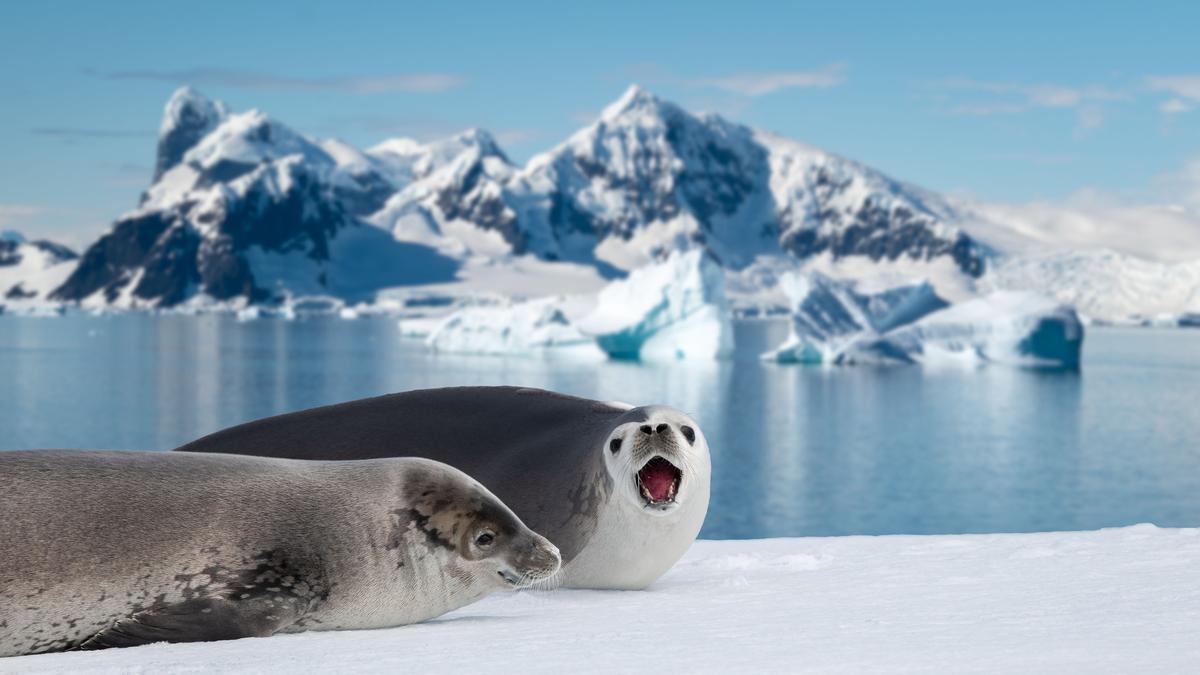Something strange is happening in the Antarctic Ocean, which has scientists baffled. They have some theories but have been unable to nail down the cause of the problem.
The Antarctic Ocean’s surface waters have been turning salty since 2015.
Normally, ice melts in summer. The meltwater forms a layer on the surface, floating over denser saltwater below — a phenomenon known as ‘stratification’. The floating freshwater acts like a lid, preventing warmer saltwater from rising to the surface.
In winter, the freshwater would freeze again — but less and less due to global warming.
Since 2015, for reasons not well understood, the stratification is weakening, allowing more subsurface saltwater to mix with the freshwater, turning the surface water saltier.
This affects ice formation in winter — loss of cryosphere.
A group of researchers from the University of Southampton, UK, used satellite images to study ‘salinity signatures’.
They note that the rapid changes observed over the past decade contradict the conventional wisdom that global warming drives up the volumes of surface freshwater.
“This suggests that current understanding and observations may be insufficient to accurately predict future changes,” they say in a paper published in PNAS, suggesting closer monitoring.
Caroline Holmes, a polar researcher at British Antarctic Survey, pointed out to Livescience.com that the Southern Ocean below the surface is “chronically underobserved.”
More Like This
Published on July 14, 2025
